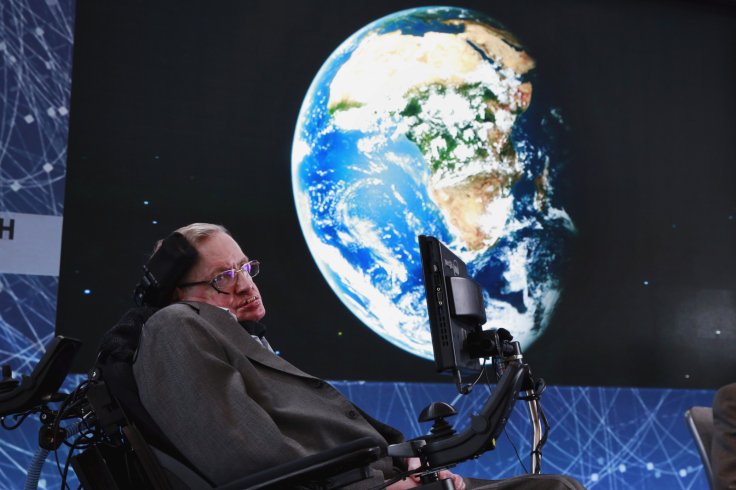
Stephen Hawking, the late physicist who spent his entire life researching about black holes and dark matter, died in March at the age of 76. As Hawking's ashes will be interred between the graves of iconic scientists Charles Darwin and Albert Einstein at Westminster Abbey on Friday, an antenna will beam Hawking's voice into deep space, 3500 light years away towards a black hole.
A beautiful gesture
Stephen Hawking's daughter Lucy Hawking confirmed this news and told the British media that the voice will be beamed toward a black hole in the binary system 1A 0620-00. As per experts, this black hole is the nearest one from the earth, and they hope that Hawking's voice will enter the mysterious space hole once for sure.
Lucy Hawking revealed that Hawking's voice will be set to an original piece of music composed by the Greek musician Evángelos Odysséas Papathanassíou. Hawking's family in a statement said that the physicist's voice set to the original piece of music will be beamed to deep space to send a message of peace and hope.
Lucy Hawking revealed that the recording which will be beamed towards the black hole is a "beautiful and symbolic gesture that creates a link between our father's presence on this planet, his wish to go into space and his explorations of the universe in his mind," Live Science reports.
Details of the memorial service
Hawking's children, in a recently issued statement, said that they are thankful for the memorial service.
"We are so grateful to Westminster Abbey for offering us the privilege of a Service of Thanksgiving for the extraordinary life of our father and for giving him such a distinguished final resting place," said Hawking's children in a statement, CNN reports.
1,000 members from the public will attend the memorial service and the attendees include Benedict Cumberbatch who played the role of Stephen Hawking in the BBC Two series 'Hawking'.









